Over time, owners gradually become familiar with the parts and mechanisms of their bicycle. And even those who are far from repair work begin to use hexes and other tools. After a few years, cycling enthusiasts can already safely give advice on the purchase and replacement of various elements, including the bicycle cock.
The “bicycle cockerel” part often brings a smile to faces because of its unusual nickname. Its other names are: “bracket”, “lever”, “bike rooster”.
Let’s understand in more detail what a cock is and what it is used for on a bicycle.
What is a bicycle cock
Typically, cyclists become familiar with the rooster after it is broken. Until then, this detail rarely interests anyone and goes unnoticed.
A bicycle cock is a mechanism that is attached to the rear derailleur to the frame. The main function of the bike cock is to protect the rear derailleur from damage. In other words, when you fall, all the impact falls on the cock. Since the cost and repair of the derailleur will cost many times more, this is justified.
Briefly about the history of the origin in five points:
- Originally, the bicycle frame and the rooster were a single structure and were made of steel.
- Later, steel was replaced by aluminum, which has less strength and therefore is more susceptible to warping.
- The design began to break more and more often. The main breakage was on the cockerel.
- Therefore, it was separated from the frame and made a separate mechanism.
- Now the repair and replacement of the cockerel on the bike is separate from the frame.
You can both install and replace the rooster on your bicycle yourself. You do not need to use a handyman.
What is a bicycle cock for?
The cockpit is designed for the rear derailleur on your bicycle. The part has a protective function and saves the derailleur from damage. For example, when you hit a curb or fall on the right side. In such situations, it is the rooster that breaks – that is its job.
Since aluminum is a brittle metal, damage occurs quite often. When the frame breaks, it is difficult to repair, as it is impossible to guarantee a complete repair. When the rooster and frame were a single structure and the rooster broke, it was easier to buy a new frame. Of course, rare models were the exception.
Therefore, the cock on the bicycle became a separate element, its installation and straightening is not difficult for their owners, and the frame remains intact and does not need to be repaired.
Material of manufacture and device
The mechanism is characterized by the simplicity of construction. The part itself is easily recognized by the bent shape, resembling a hook. As you can see in the photo, the cock contains two round holes, with which it is attached to the frame of the bicycle, fixed on one or two bolts.
Types of materials from which the part is made:
- Steel – such a part is repairable, it bends and deforms. Can be repaired at home, inexpensive cost. Of the disadvantages – the appearance of rust.
- Aluminum – the part is often broken and is used as a consumable. Low cost and the impossibility of repair.
- Carbon – usually such an element is welded to the frame. High cost and durability. Specialized equipment is required for repair.
- Titanium and hard alloys – the part will cost a lot, but will be invulnerable to external influences.
- Silumin – a mixture of aluminum and silicon. Such a mechanism is cheap, often breaks down, and is used as a consumable.
- Duralumin is a high-strength metal alloy. Expensive, but durable and reliable.
Types
There are two varieties of cock, which differ from each other in the way they are attached to the bicycle frame:
- Detachable;
- Non-removable.
Removable are installed on bicycles with aluminum or carbon frame. Such roosters are used as temporary ones. They often fall into disrepair and are replaced by new ones. Therefore, it will be useful for their owners to know how to put a cock on a bicycle on their own without resorting to the help of a craftsman every time.
Non-removable remain with the frame in one piece, they are installed on frames made of titanium or steel. If damaged, such a mechanism deforms and bends. To repair it, you need to find out how the cock on the bicycle should stand correctly, and read the instructions on how to straighten the cock on the bicycle yourself.
Replacing the Bike Cock
Before you begin manipulation, you need to find out what kind of cock now stands on the bike, and pick up a similar model.
The whole process of replacement is very simple and will not take much time, even for the novice cyclist.
The replacement will require:
- hexagon;
- screwdriver.
How to remove the shifter from the bike:
- Remove the rear derailleur with an Allen screwdriver.
- Unscrew the bolts that hold the rooster to the frame.
Install a new rooster:
- Clean the seating area.
- Install the new part with the bolts.
- Reattach the shifter.
Choosing the right cock for your bike
How to choose a shifter for your bicycle:
- Take an old part to the store or take a picture of it so a specialist can match you up with a similar one.
- If you can’t find a replacement in the store, ask a handyman who will make a custom rooster to your size.
- When buying take two parts at once, so that one was in stock. You can take it with you on long trips. Then you will not worry about possible damage and you can quickly change the cockerel.
How to save a rooster from damage:
- Check that your bike is parked securely. Make sure it does not fall on its right side when parked.
- If you must put your bicycle on the ground, put it only on the left side.
- Make sure the derailleur itself is in good working order.
Conclusion
The bicycle rooster has nothing in common with an ordinary bird. This is the nickname given to the bracket that attaches the rear derailleur to the frame. The bicycle cock protects the derailleur from possible damage.
There are both removable and nonremovable models. They are made of steel, titanium, carbon and aluminum. The detachable ones are used as a consumable material. Because of this, they are less expensive and are often replaced with new ones.
To keep your derailleur from breaking prematurely, don’t skimp on the bike’s cockerel. It perfectly performs its protective functions. And its replacement and repair will not be difficult for you.

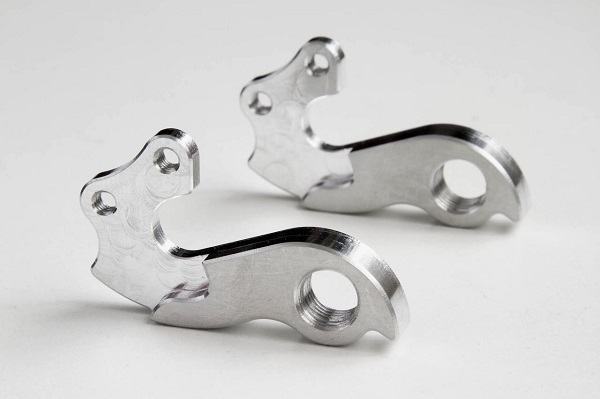

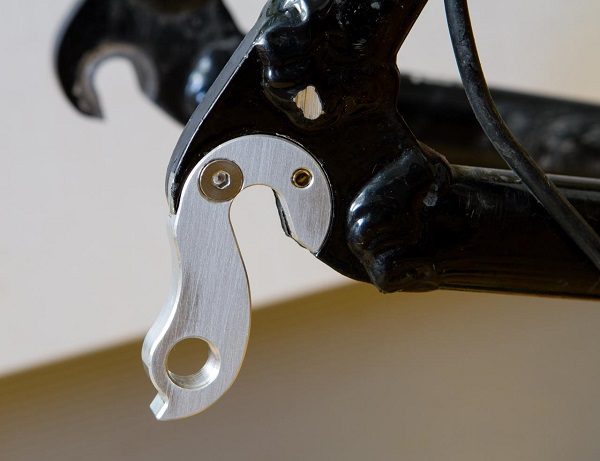
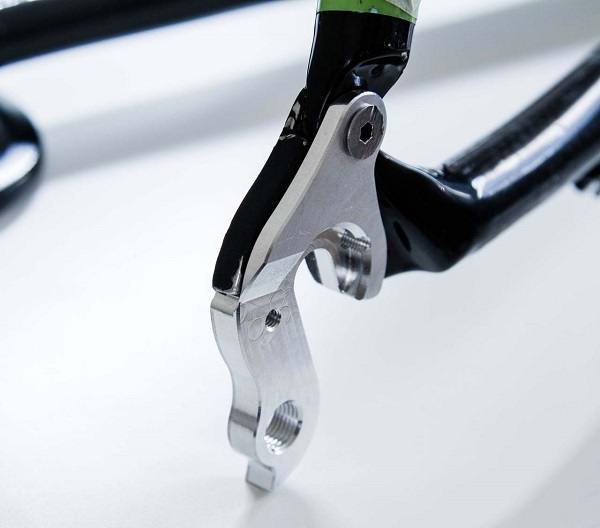



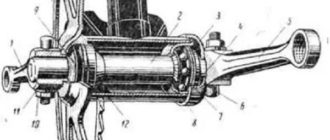
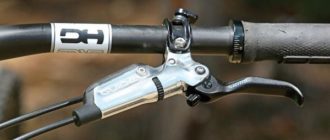
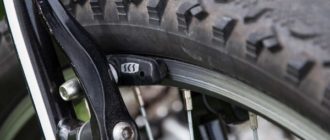
Great post! I love how you included detailed instructions on how to remove and install bicycle cocks. It’s really handy information for cyclists who are unfamiliar with the process. Thanks for sharing!
Great article! I’m a beginner cyclist and this was really helpful in understanding bicycle cocks. The instructions were clear and the illustrations made it even easier to understand how to remove and install the cock. Thanks for sharing this valuable information!